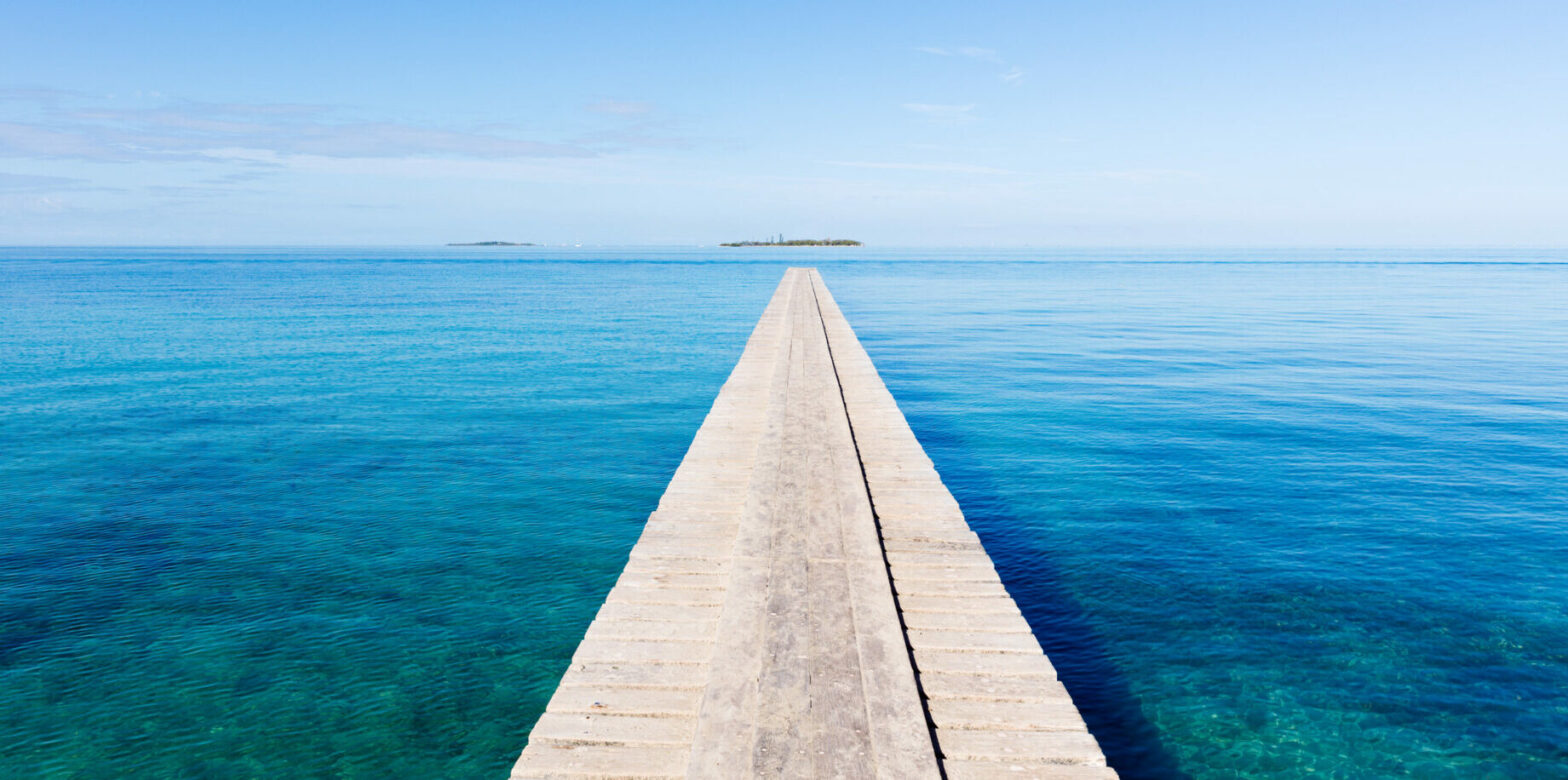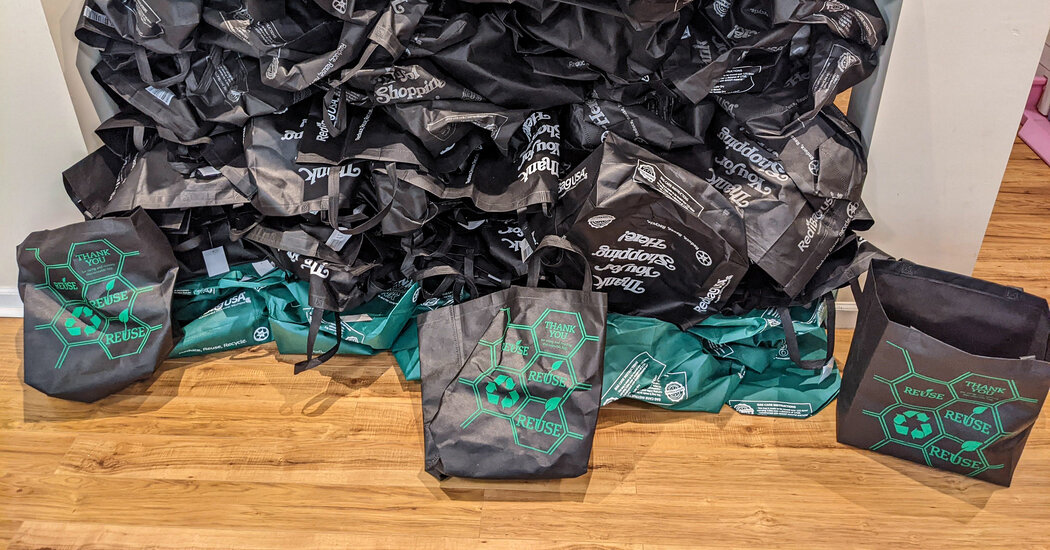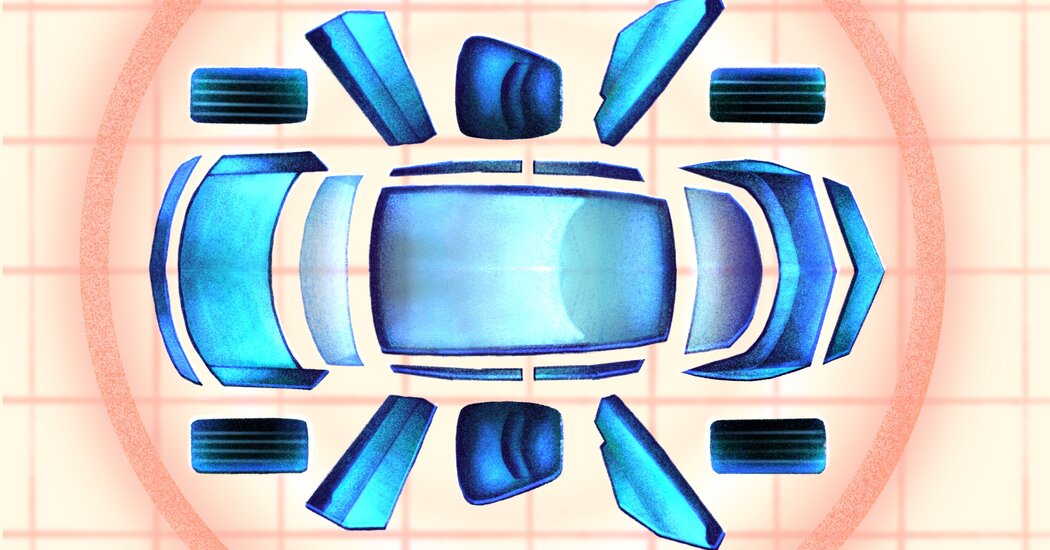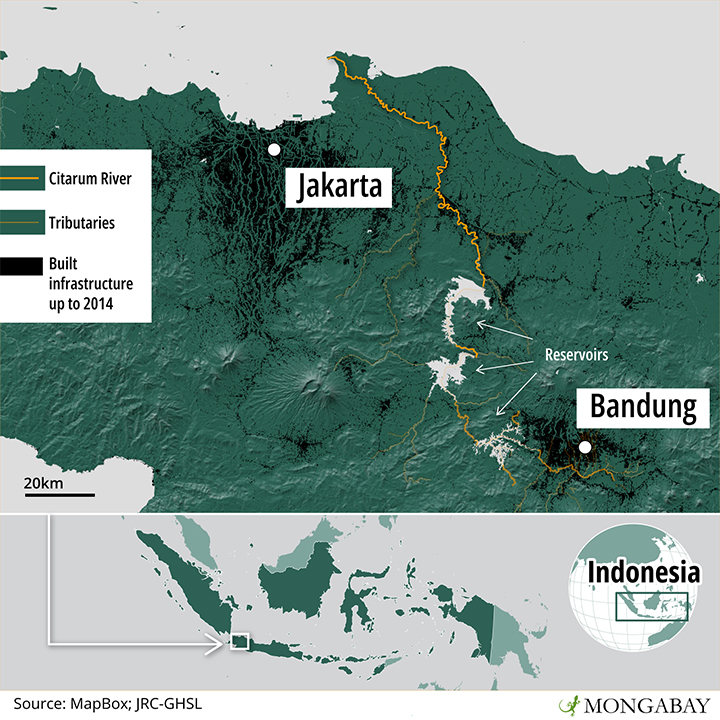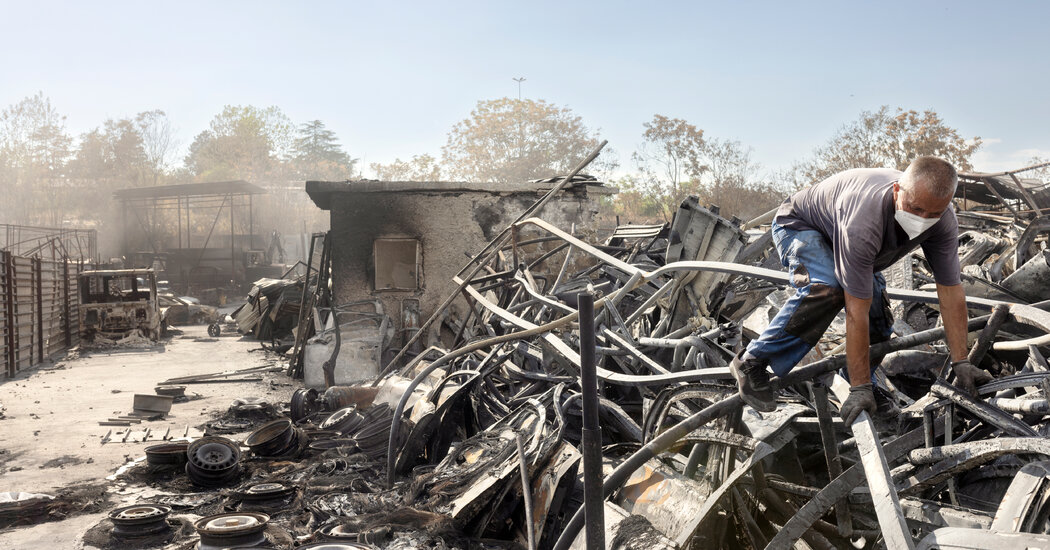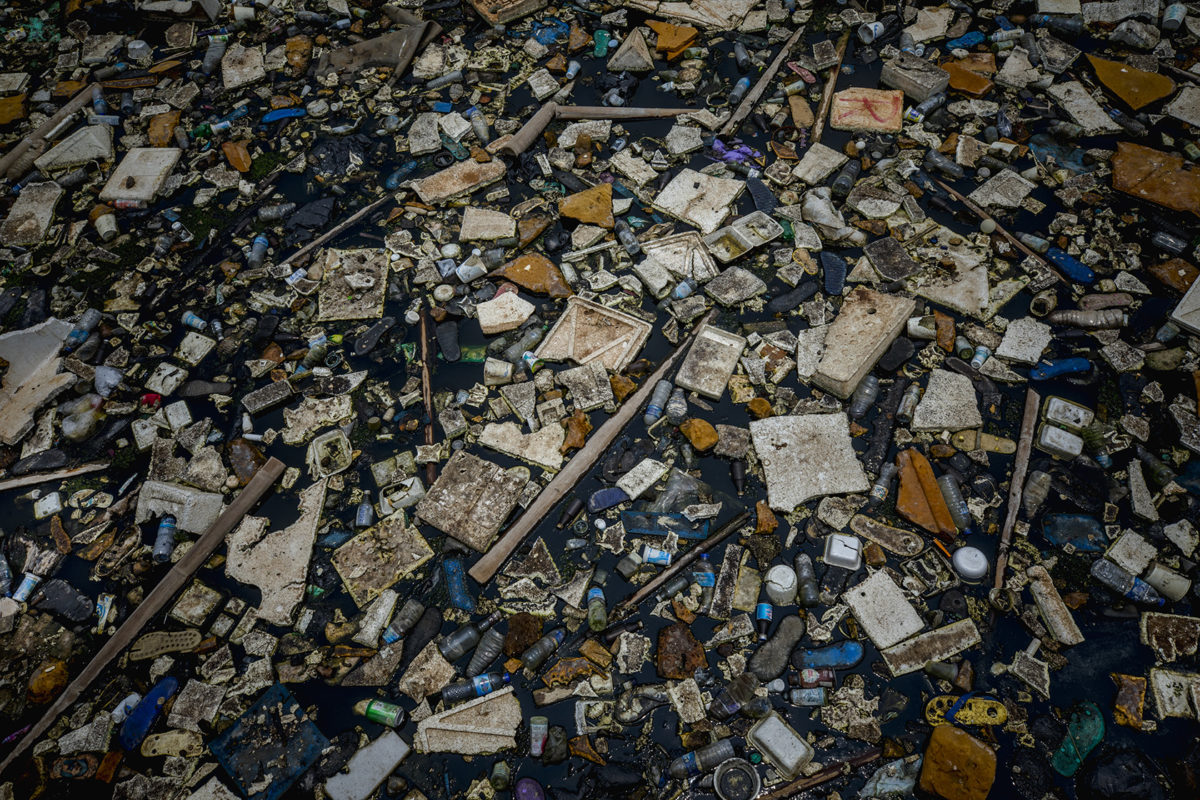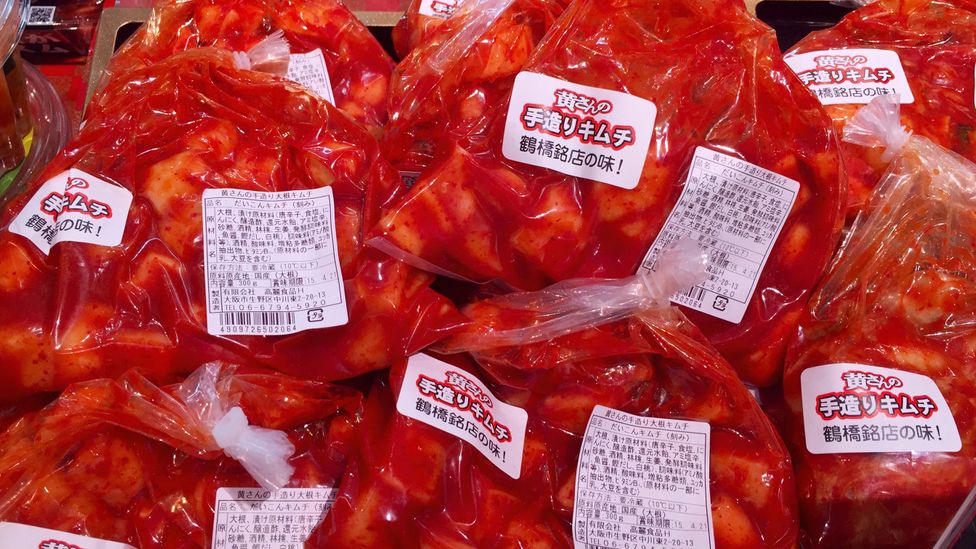KERATSINI, Greece — It was Lefteris Arapakis’s first expedition on a fishing boat, and he didn’t expect what the nets would pull up.There were scorpionfish, red mullet and sea bream. But there was also a bright red can of Coke.About this seriesClimate Visionaries highlights brilliant people around the world who are working to find climate solutions.Arapakis, whose family had plied the waters near Athens for five generations, pulled the can out of the net and turned it over to look at the sell-by date stamped on the bottom. 1987. Seven years older than him. It had been in the Mediterranean for almost three decades.He was still staring at the can when a fisherman grabbed it out of his hand and tossed it back into the water.“That’s not what we’re paid to catch,” Arapakis recalled the fisherman saying.Every day, the fishing boat — and thousands just like it on the crystalline Mediterranean — caught old bottles, plastic foam, flip-flops and other detritus in its nets. And every day, its crew tossed everything back into the undulating waters, only hauling back what would bring cash.So Arapakis, now 28, had an idea: He would try to convince the fishing industry to treat plastic as a catch. In 2016, he launched a nonprofit focused on sea cleanup and fishing education called Enaleia, a play on Greek words that calls to mind sustainable fishing. Once the fishers brought the plastic ashore, he would recycle it and pay them for their trouble. Six years into the project, he has signed up more than half of Greece’s large-scale fishing fleet — hundreds of ships — to pull in the plastic they gather as they ply the Mediterranean. He plans to keep expanding globally.Story continues below advertisementAdvertisementStory continues below advertisementAdvertisementThis year, after Arapakis spread his efforts across Greece and much of Italy, he expects to gather nearly 200 tons of plastic — enough to fill a football field five feet high with tiny pieces of plastic. That’s more than 7,500 pounds of plastic every week. And others have taken notice: The United Nations Environment Program named him a Young Champion of the Earth in 2020 — its highest environmental honor for people under 30.Global plastics activists have struggled for years to make an impact as the amount of plastic flowing into the world’s oceans continues unabated. One 2015 study found that more than 8 million metric tons of plastic were likely going into the world’s waters every year. The problem is especially acute in the Mediterranean.“In a way, plastics are trapped inside the Mediterranean,” said Kostas Tsiaras, a research scientist at the Hellenic Center for Marine Research who has studied plastic pollution in the sea.And the challenge is global: the Great Pacific Garbage Patch, an area of especially dense concentrations of plastic debris in the northern part of that ocean, is estimated to be roughly twice the size of Texas.“At first the fishermen were making fun of us,” Arapakis said. “They said we are not Greek garbage collectors.” But as the project has expanded, the fishing industry has flocked to it.“They were part of the problem. Now they’re part of the solution.” he said.Lefteris Arapakis aboard the Panagiota II, his father’s fishing boat, in Keratsini, Greece, on July 25, 2022.When Lefteris Arapakis’s father, Vangelis, started working the seas in 1978, it was a different era. The fish were plentiful, and the plastic nearly nonexistent.“In the 1970s there weren’t any plastic bottles. Bottled water didn’t exist,” Vangelis, 57, said on a recent afternoon, perched in his office above the selling floor of the Keratsini fish market just west of Athens — the biggest in the country. Inside, the smell was of stale cigarettes. From a cracked window came the aroma of the sea.Things changed in the 1980s, he said. For a time, when fishing boats followed in the wake of the big ferryboats that plied the sea near Athens, they would find a trail of bobbing bottles. The problem built quickly: the Mediterranean is like a big bathtub, connected to the Atlantic Ocean only by the narrow Strait of Gibraltar, leaving detritus with little escape.By the 1990s, when Lefteris was a child, plastics were a daily nuisance in the nets. But if anyone ever brought the waste to shore, local authorities would complain about the disposal problem and ask for it to be dumped at sea. The message back then was “make it disappear,” Vangelis says.Fishing could then become a frustrating cycle, as plastic debris passed from one boat to another. “We’d take the fish and we’d toss everything else back in the sea,” he said. “Another boat would come again in five hours and they’d do the same thing.”Back then, there were still plenty of fish when the boats pulled in their nets, according to Vangelis. Now, though, every year it feels like there are fewer fish for a shorter time.Vangelis had hoped to pull his eldest son into the fishing industry, giving him summer jobs cleaning the boat and selling fish at the market.“He was gifted to be able to talk to clients and to offer what we had to offer,” the father said. “He was good at explaining things.”But Lefteris Arapakis, a lanky theater aficionado with shoulder-length hair, a scraggly goatee and a pierced ear, had always been an awkward fit for the culture of the wharves. In that world, big, taciturn men plied the seas for long hours. They sold their fish overnight, then slugged back beers at a portside cafe as the first light broke over the water. Fishermen measured their success by the size of their haul and the size of their car. He was fine with his little Alfa Romeo and a copy of Dante tucked into his backpack.Worse, Arapakis’s sympathy was in the wrong place: “I always felt pity for the fish,” he said.Aboard the Panagiota II, Lefteris Arapakis’s father’s fishing boat. Arapakis felt a shock of excitement when he saw what the boat brought back the first day it collected trash, in 2018: two big trash bags full of plastic.Aboard the Panagiota II, Lefteris Arapakis’s father’s fishing boat. Arapakis felt a shock of excitement when he saw what the boat brought back the first day it collected trash, in 2018: two big trash bags full of plastic.Arapakis always knew he didn’t want to spend his life on the family boat, navigating choppy seas as his great-grandfather’s painted icon of St. Nikolaos watched over his shoulder. Fishing for plastic, however, felt different, and the boat — the Panagiota II, named after the family matriarch — could be his testing ground.Arapakis felt a shock of excitement when he saw what the boat brought back the first day it collected trash, in 2018: two big trash bags full of plastic.“If we hadn’t taken action, we would have had that plastic floating around the Mediterranean forever,” Arapakis said.Now the organization Arapakis started, Enaleia, pays fishing crews a small amount every month for the plastic they gather — between $30 and $90 per crew member, depending on how much plastic they bring in. (The group found that crews bring in more if they get paid for their work.) The funding comes from foundations that support the organization — mostly Greek groups, with a few international donors such as the Ocean Conservancy, Nestlé and Pfizer — and from profits from the sales of recovered fishing nets to clothing manufacturers, who can reclaim the material for socks, backpacks and shoes.Other fishermen get paid to do days of plastics cleanup entirely, instead of heading out for fish.Small port towns don’t always welcome the sudden influx of litter, and sometimes Arapakis has to push to get permission, or even legal changes, to store it somewhere.Small port towns don’t always welcome the sudden influx of litter, and sometimes Arapakis has to push to get permission, or even legal changes, to store it somewhere.At the beginning, convincing fishermen to join was painstaking work, requiring a lot of face time in unfamiliar villages. It wasn’t easy: The industry doesn’t always cotton to environmentalists, since many fishermen think the activists want to take away their livelihoods. And the culture can be deeply resistant to change. One season, Arapakis’s father painted his boat a vibrant cerulean rather than the deeper blue that is traditional. Other fishermen were still laughing about it a year later.So sometimes Arapakis would just walk up and down a wharf, talking to the crews he came across.Story continues below advertisementAdvertisementStory continues below advertisementAdvertisement“Maybe you know my family. We fish in Piraeus,” Arapakis would tell them. The Greek fishing industry is small enough that people often recognized his family name. Then it would usually take shared meals and some ouzo, Greece’s ubiquitous anise-flavored spirit for the fishers to trust him. “I had to get drunk with them,” Arapakis said.At each new port, he needed to convince authorities to let him store the plastic that many of them viewed as trash, and to find new routes to recyclers.Now from port to port across Greece’s vast coastline, fishing boats are gathering plastic and bringing it to shore. About 60 percent of Greece’s biggest fishing boats are working with him, about as much as makes sense logistically, Arapakis said. The remainder work from ports where it wouldn’t be cost-effective to set up the infrastructure to take the plastic for recycling.And in Arapakis’s home port, a vacant corner has been filling up with the measure of their success: car seats. Old fishing nets. Bottles from Greece, Turkey, Egypt, even the United States. Big trucks haul the catch to recyclers across Greece.The fishing boats of Vangelis Arapakis (pictured), and others at the port in Keratsini, Greece. When Vangelis started working the seas in 1978, it was a different era. The fish were plentiful, and the plastic nearly nonexistent, he said.The fishing boats of Vangelis Arapakis (pictured), and others at the port in Keratsini, Greece. When Vangelis started working the seas in 1978, it was a different era. The fish were plentiful, and the plastic nearly nonexistent, he said.At the recycling plant in the mountains outside Athens where Arapakis sends much of his plastic, black plastic pipes that were the remnants of a fish farm were heaped outside the main warehouse on a recent afternoon. Bundles of plastic bottles were piled 15 and 20 feet high. Inside the plant, workers fed the plastic into complicated machines that first washed the old material, then dried and sorted it, then chopped it into flakes or melted it into pellets. The material was poured into tall sacks that each held a metric ton of tiny pieces of plastic that looked like vast piles of small, sparkly jewels.Figuring out what to do with all of the plastic has required nearly as much creativity as getting fishers to sign on. Small port towns don’t always welcome the sudden influx of litter, and sometimes Arapakis has to push to get permission, or even legal changes, to store it somewhere. Until very recently, for example, Italy didn’t technically permit plastic waste to be hauled from the sea.And recycling companies don’t like plastic that has spent decades in the sea: it’s sun- and water-beaten, and the end product isn’t as strong as what comes from fresher material, making it more challenging to resell.Story continues below advertisementAdvertisementStory continues below advertisementAdvertisementBut there’s a growing demand for reclaimed plastic, and sometimes the story is just as attractive as the material itself. Companies such as Adidas have started making shoes and clothing out of reclaimed ocean plastic, a development Arapakis hopes will expand the market. For now, much of his recycled plastic is mixed with higher-quality recycled plastic to make things like furniture. He sends the used fishing nets to companies in Spain and the Netherlands that turn them into backpacks and other articles of clothing. He gives ocean-plastic socks out as presents, including — at a recent star-studded reception — to Greece’s president.“Until we had this option with Lefteris, there wasn’t any place to put the trash,” said Christos Iliou, 54, a fisherman on the island of Kythnos, about 50 miles southeast of Athens who has a Playboy bunny tattooed on his left bicep and a golden propeller on a chain around his neck. “You could collect it, but it was a Catch-22 because it would end up back in the sea.”“Lefteris has a gift. He can convey his passion,” he said. “People trust him. They know who he is.”At the daily fish auction at the Keratsini port near Athens, on July 26, 2022.At the daily fish auction at the Keratsini port near Athens, on July 26, 2022.On a recent morning, Iliou puttered his boat out of the main port of Kythnos. The water was perfectly clear — and bottles could be seen underneath the surface, on the seafloor about 10 feet down. He was piloting a team of cleanup volunteers toward a series of beaches that were accessible only from the water.In the port, a plastic bag floated by. Further out, day-trippers on rental boats roared across the water, leaving the fishing vessel rocking in their wake. The island’s terraced hills — once covered with hops that were taken to an Athens brewery, now mostly abandoned — slowly passed against the horizon.At one beach — just thirty or forty feet wide — the cicadas buzzed in the morning heat. There were no other people in sight. And though from a distance the beach looked pristine, up close the ground was thick with litter. Half a flip-flop. A cookie cutter in the shape of an anchor. A long piece of driftwood, plastic bags impaled on each of its gnarled branches. A red medicine bottle.Story continues below advertisementAdvertisementStory continues below advertisementAdvertisement“You feel you’re doing something, even if it’s a little bit,” said one of the volunteers, Irini Vlastari, 66, who came on the cleanup venture with her son and two grandchildren. Vlastari lived on the island until she was 12, when she moved to Athens. She still comes back every summer.Back when she was a child, people reused things, she said. Old clothing was repurposed into dolls. Tin cans were cut into toy cars. “We wouldn’t throw things away.” Now, “every year there’s more trash.”Volunteers collect coastal plastic in Kythnos, Greece, on July 27, 2022. Irini Vlastari, 66, came on the cleanup venture with her son and two grandchildren. “You feel you’re doing something, even if it’s a little bit,” she said.Volunteers collect coastal plastic in Kythnos, Greece, on July 27, 2022. Irini Vlastari, 66, came on the cleanup venture with her son and two grandchildren. “You feel you’re doing something, even if it’s a little bit,” she said.The cleanup hauls in two 55-gallon bags of plastic over a few hours.Enaleia’s efforts won’t clean up the Mediterranean on their own, Arapakis acknowledged — the scale is far too vast.“Cleaning plastic from the sea is not solving the problem, it’s treating the symptom,” he said.Enaleia also tries to do preventive work, encouraging fishing boats to recycle their nets at the end of the season rather than tossing them in the sea. This year they gathered more than 30 tons.Arapakis is still thinking about places to expand: Kenya is the latest target, his first attempt beyond the Mediterranean. Next is the rest of Italy and Cyprus. Another target is Egypt, whose powerful Nile pumps a torrent of plastic into the Mediterranean.In Kenya and elsewhere, Arapakis says his program is able to have even more of an impact, paying fishermen more than they could earn by fishing simply to focus on gathering plastic. That helps fish populations recover and brings in more plastic per fisher than in the Mediterranean.The cleanup effort, as small as it is compared to the scale of the challenge, is still a way to leave the sea a better place, Arapakis said.“I cannot change the climate crisis. But I can change my father’s mind, and some of the others who work with him. And then we can expand to fishing communities around Greece, and then you can expand to Italy and the Mediterranean,” Arapakis said. “What you change grows. ”Lefteris Arapakis watches the sun set over the horizon on July 25, 2022.About this storyElinda Labropoulou contributed to this report. Story editing by Dayana Sarkisova. Photo editing by Olivier Laurent. Illustration animation by Emma Kumer. Design and development by Hailey Haymond. Copy editing by Adrienne Dunn.

